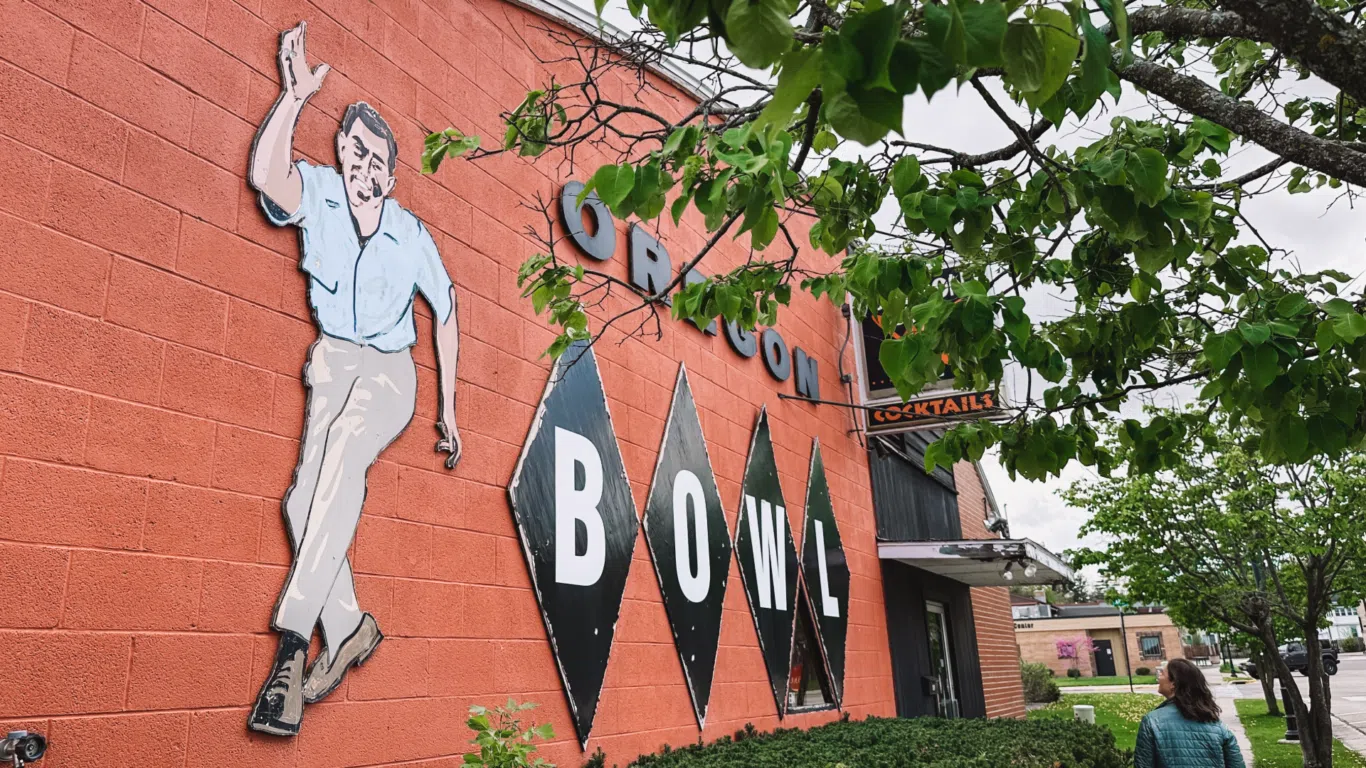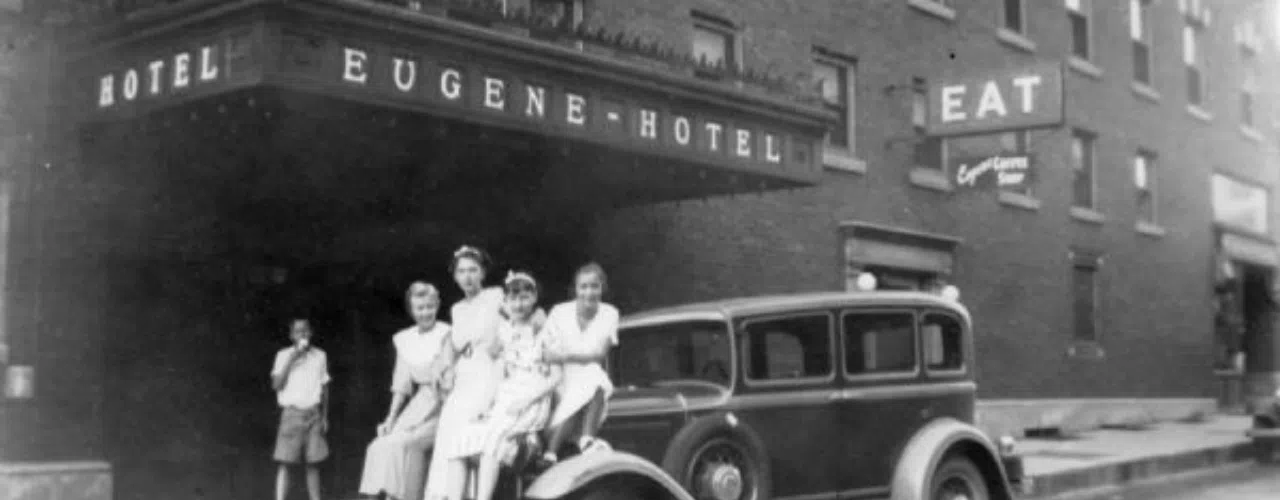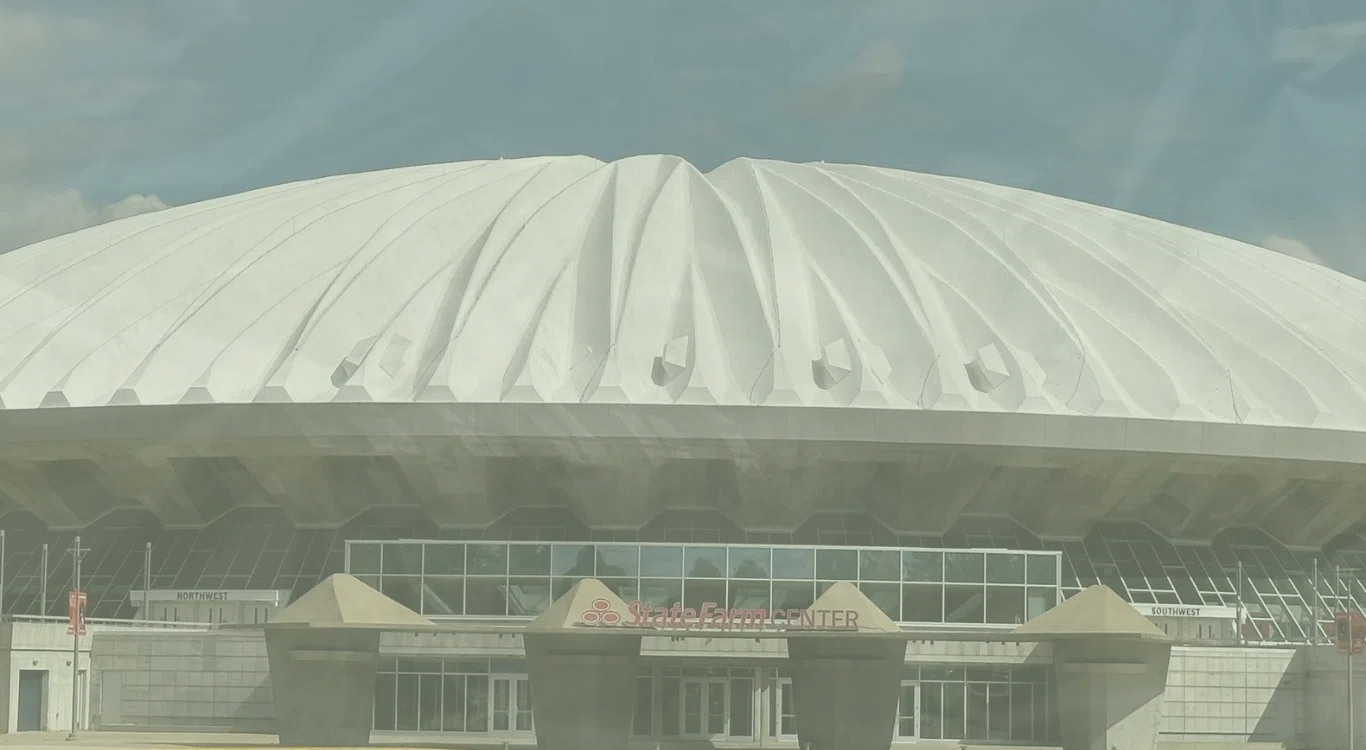The Woodstock Historic District is the charming, community-centered backdrop to vibrant festivals, weddings, and even served as the set for the movie Groundhog Day. Upon entering Woodstock, Illinois’ main square, visitors are greeted by a central lawn surrounded by a variety of local businesses and the iconic Old Courthouse Center. Originally built in 1857 as the McHenry County Courthouse and Sheriff’s House, the Old Courthouse Center was designed by Chicago’s first architect, John Mills Van Osdel, and stands as one of his few preserved designs.
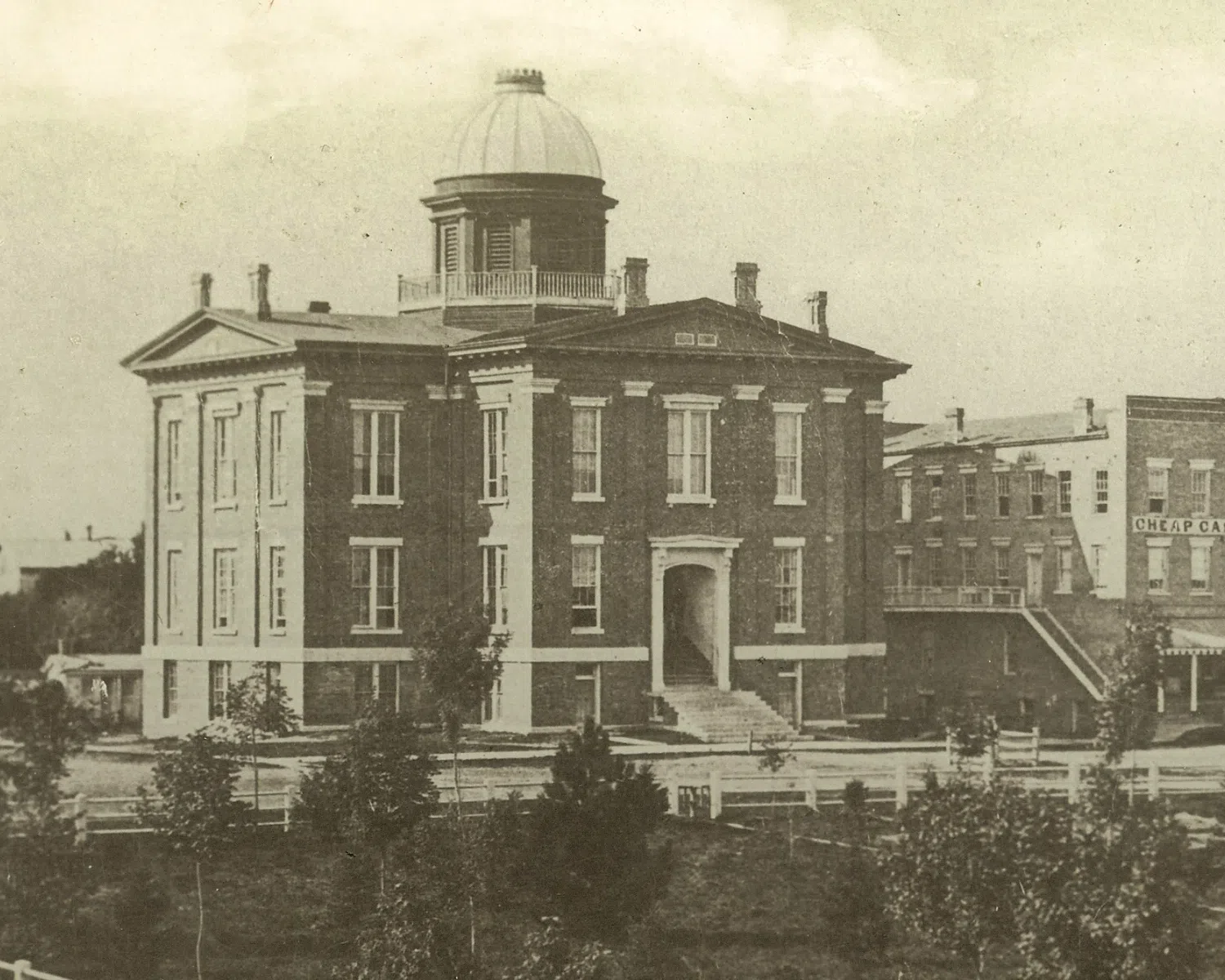
By 1972, the county had outgrown the courthouse, and it was put up for auction. A quick-thinking group of local investors intervened, adding it to the National Register of Historic Places and sparing it from a fate of demolition. Over the next four decades, the Old Courthouse Center housed retail shops, art galleries, and restaurants. However, by 2012, the City of Woodstock noticed this local landmark was falling into disrepair and began searching for a solution to breathe life back into the building, and the community.
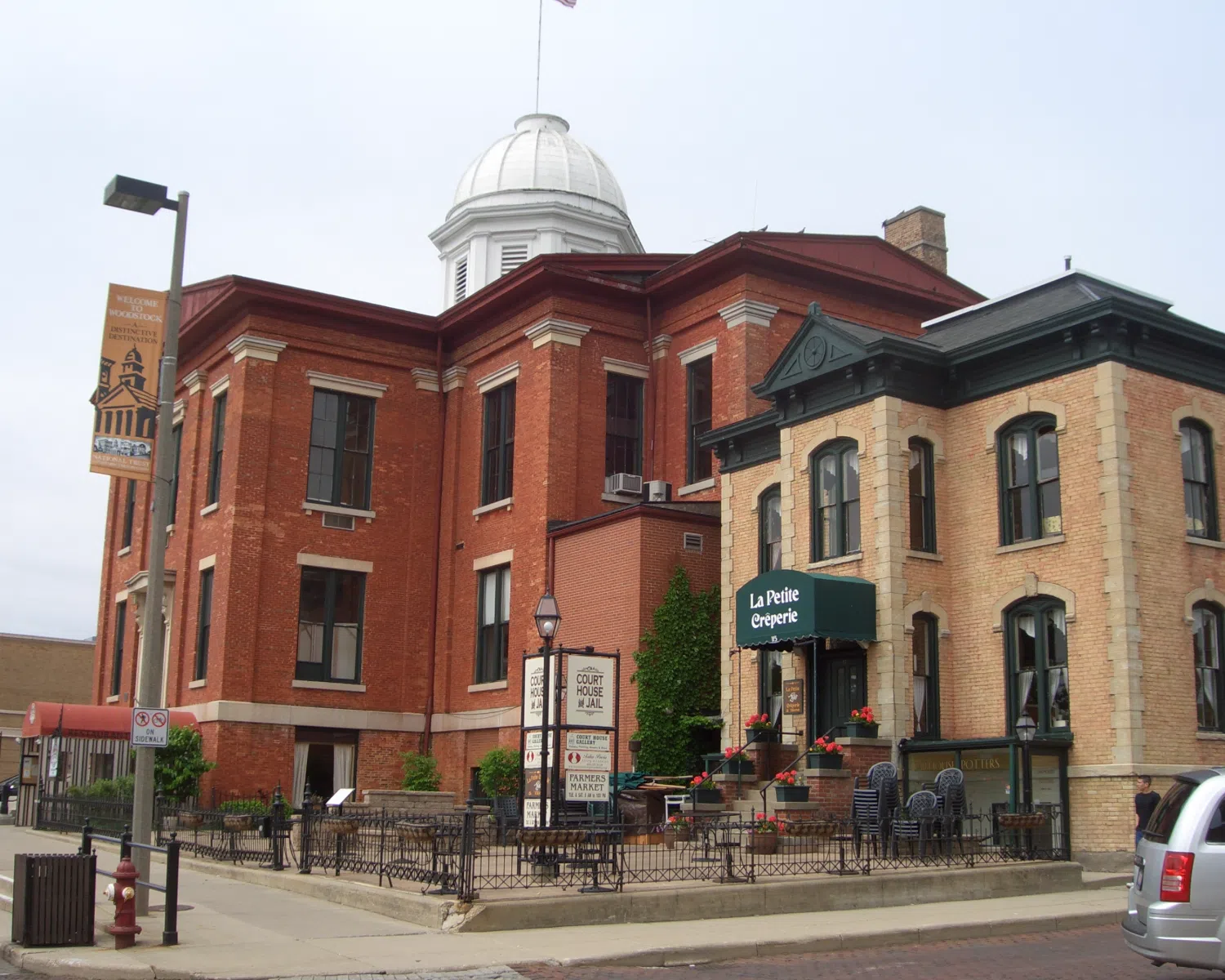
The City of Woodstock understood that the Old Courthouse Center was too important to the fabric of the Woodstock Historic District and the identity of the community to allow its ongoing deterioration. Throughout 2016 and 2017, after the city of Woodstock took possession of the building, the city engaged us on the first phase of construction. This phase focused on stabilization; repair of the roof and subsequent damage caused by leaking, window repair, and step restoration.
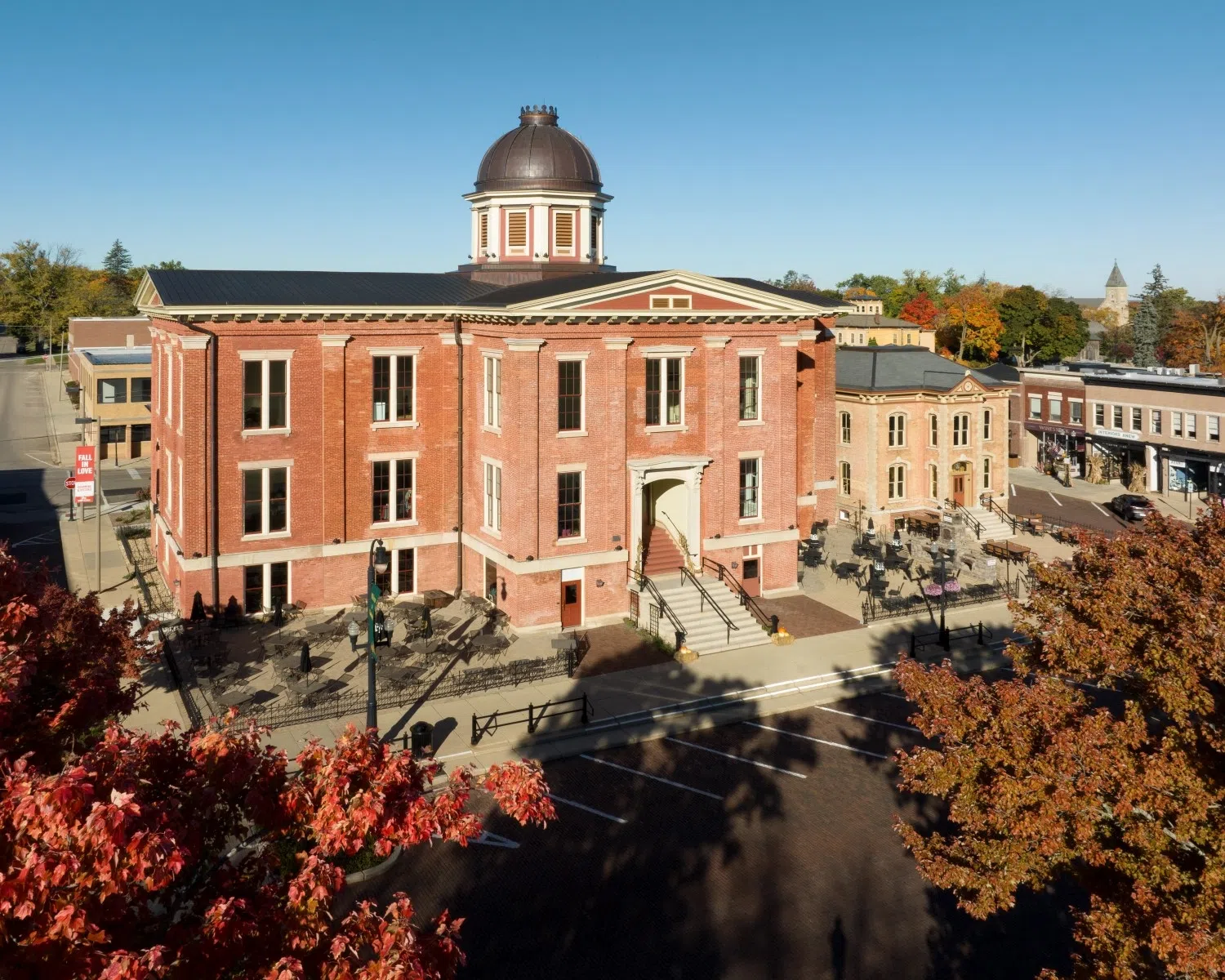
Once the building had been stabilized, the city explored options for development. Over three years, multiple scenarios were evaluated by a public-led commission and city council, including options to divide the building and sell to qualified developers. Understanding that a vibrant courthouse was integral to maintaining a healthy downtown, the City of Woodstock ultimately decided that it should take ownership to better control the future of this public asset. Though it was still unclear what uses were appropriate for the building and how to pay for the rehabilitation, the city carried a vision that only those with intimate community awareness and pride could have.
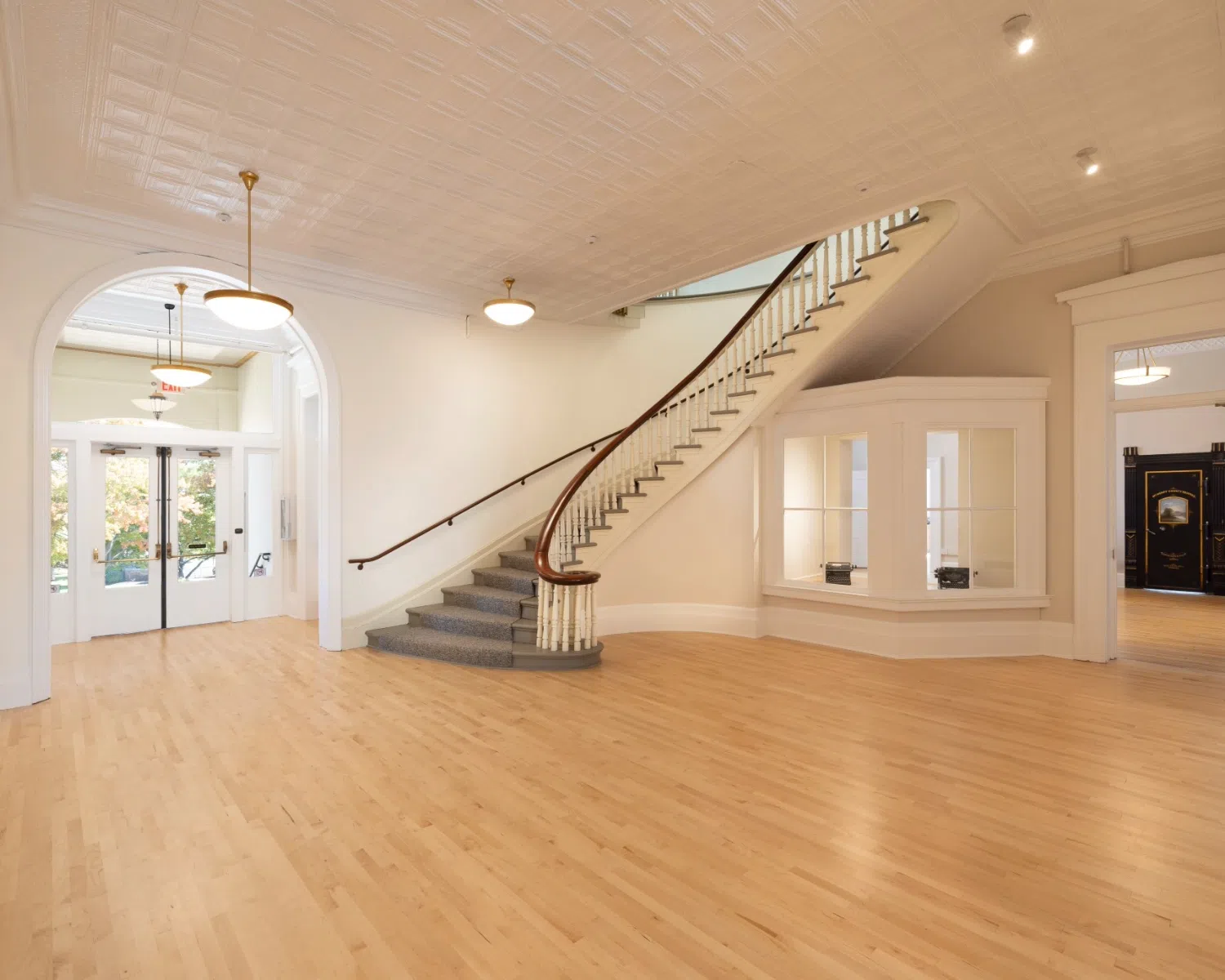
Guidance on both cost estimation and financial feasibility came from Studio GWA, as we helped assess and structure a viable plan. Collaborating with financial and legal experts, the city established its own development entity, allowing it to lease space to private businesses while retaining the building as a public asset. This structure enabled the city to take advantage of Historic Tax Credits, a critical resource in historic preservation. The city secured approximately $5 million in State and Federal Historic Tax Credits. The City of Woodstock received the 2024 Excellence in Economic Development Gold Award and Best in Show from the International Economic Development Council for their innovative financing solution. This financing approach required careful planning, leadership, and due diligence, ultimately creating a replicable model for other public entities looking to preserve landmark buildings. By directly engaging in redevelopment, public entities can play a more active role in the preservation and revitalization of their civic assets.
In 2020 as restoration plans for the Old Courthouse Center progressed, it became clear that unique challenges lay ahead. Because the building is situated on a small lot and was not originally designed for modern energy systems, the courthouse required an innovative approach to meet current standards. Behind its 165-year-old walls, the building now operates with modern efficiency, powered by a state-of-the-art geothermal system. The City of Woodstock utilized a nearby parking lot to install 41 geothermal wells, which power the building. This solution was twofold: it minimized the space needed for energy systems within the courthouse itself and transformed the historic structure into an energy-efficient asset.

Accessibility presented another unique design challenge. The Old Courthouse Center contains six distinct levels within its three stories, each featuring significant historical elements. To provide accessibility to all floors, the design team utilized a space between the main courthouse and the jail, adding an elevator and stairwell while preserving sightlines to the courthouse’s original features. When traveling through the stairs, visitors can stand eye-to-eye with the courthouse’s second-level exterior brickwork and windows, a perspective previously impossible to gain. Three design iterations were created, and the final addition complements the courthouse’s architectural style and blends with the adjacent facades. The view of the main courthouse is unobstructed even from street view, as the addition was designed to feel translucent.
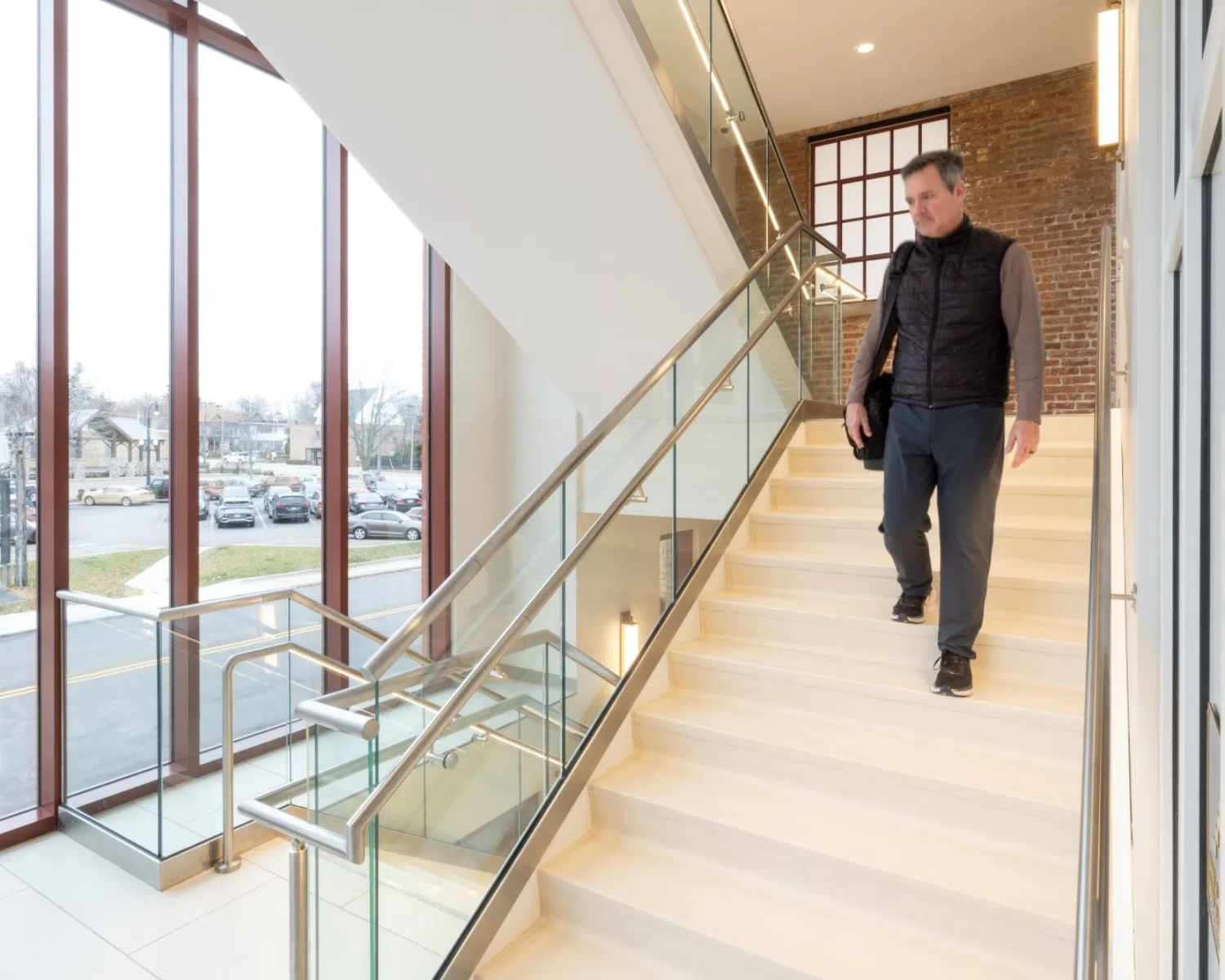
Visitors to the building can also explore preserved details along with other connections to the past including the hand-painted safe doors, judge’s bench with witness stand, and 1887 jail cells now outfitted for lounge seating. Outside, ornate end-gables and corbel-lined soffits provide a welcoming and beautiful exterior further enhanced by the more than 50 new nine-foot-tall windows, new limestone stairs, and new copper roof.
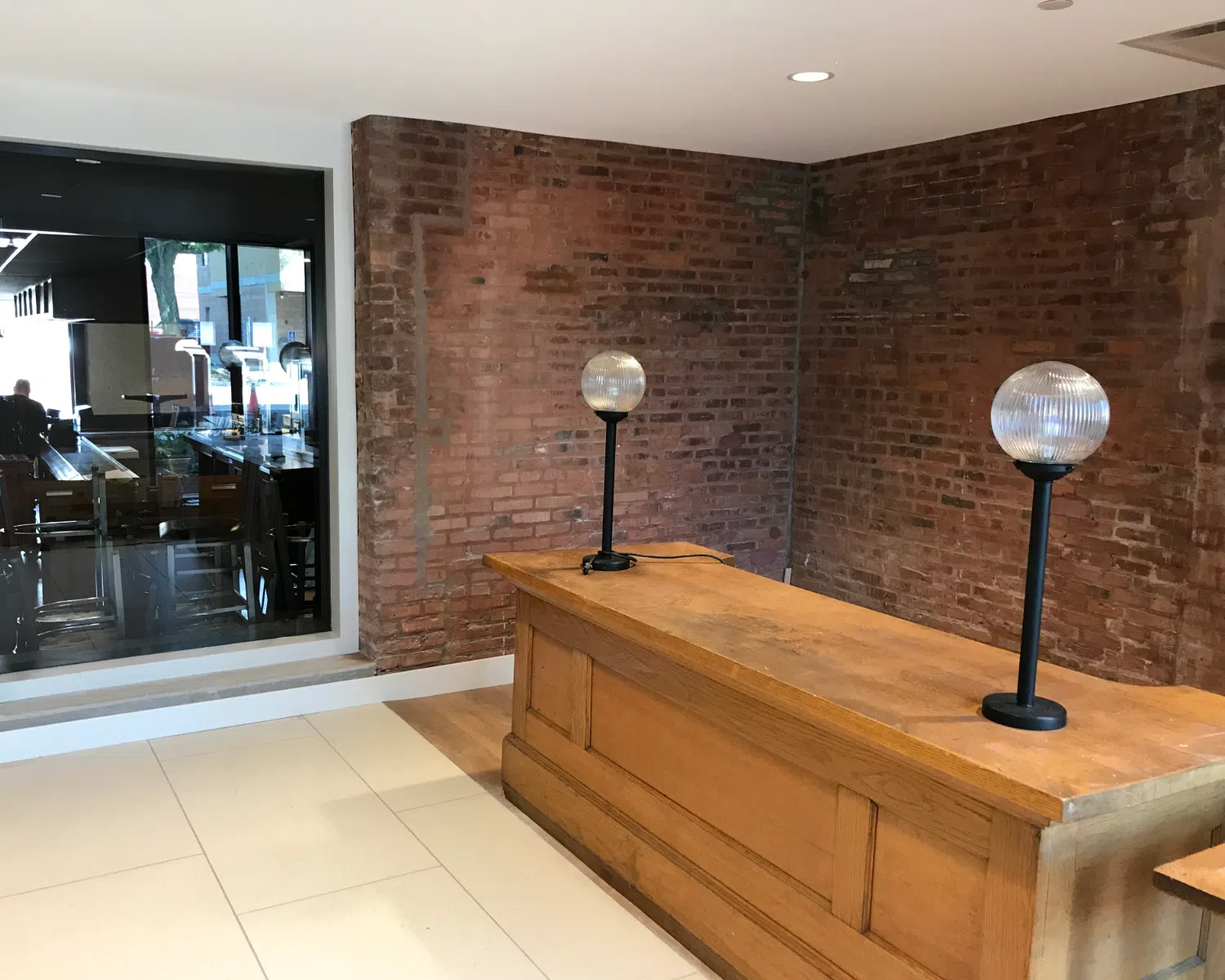
The City of Woodstock could have chosen to preserve the Old Courthouse as a museum with limited public engagement. Instead, they reimagined the Old Courthouse Center as a vibrant centerpiece, anchoring the west end of the square with new energy, increasing foot traffic, and bolstering local tax revenue. Today, the Old Courthouse Center is home to a lively array of community-oriented businesses, including a restaurant, the Woodstock Chamber of Commerce and Visitor’s Center, two micro-retail incubator spaces nurturing local entrepreneurs, a crafting studio, a Milwaukee-based brewpub with a production area and two taprooms, an incubator kitchen providing aspiring bakers with commercial resources, and a spacious 7,000-square-foot venue for weddings and events.
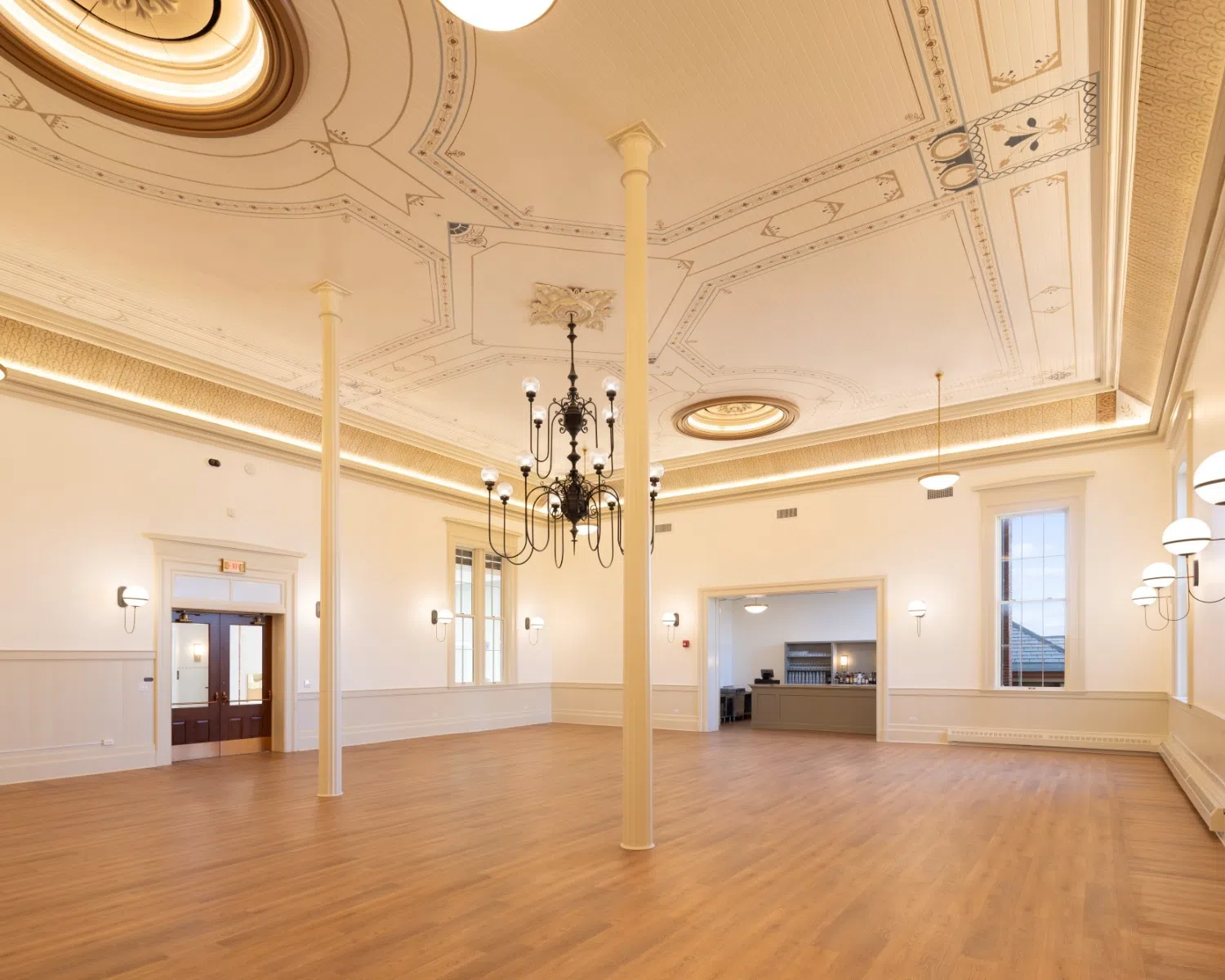
The newly rehabilitated Old Courthouse Center owes its success to Woodstock’s perseverance and dedication to the idea that the building is an integral part of the historic square, which embodies the city’s spirit and belongs to the people. It is a place for the public to gather, to celebrate, and to interact with their neighbors. “It is a building that reflects no small degree of credit on those who were employed in its consideration, and it presents, to those who approach this town, a most prominent and pleasing object.” So announced the Woodstock Sentinel newspaper on February 3, 1858, to the people of McHenry County, Illinois when construction of the “Court House” in Woodstock was completed. Those words, spoken 165 years ago, hold true again after the completion of a $22 million rehabilitation of the pre-Civil War courthouse and its attached Sheriff’s House and Jail.
If you’d like to learn more on the financial piece of his pioneering project, watch our webinar presentation below.
